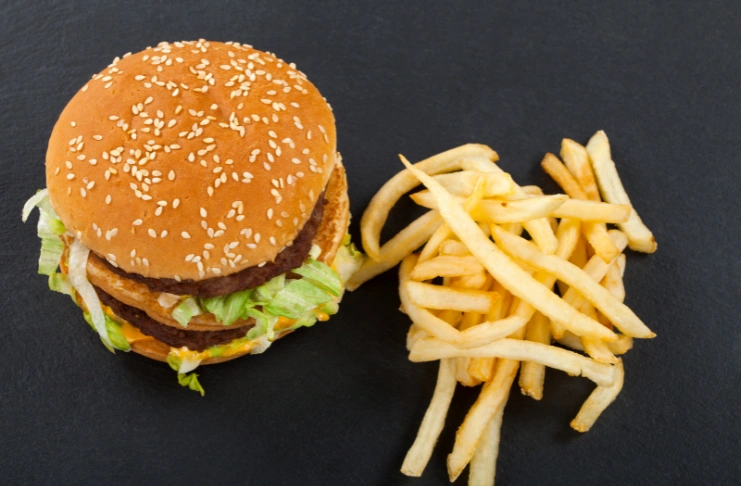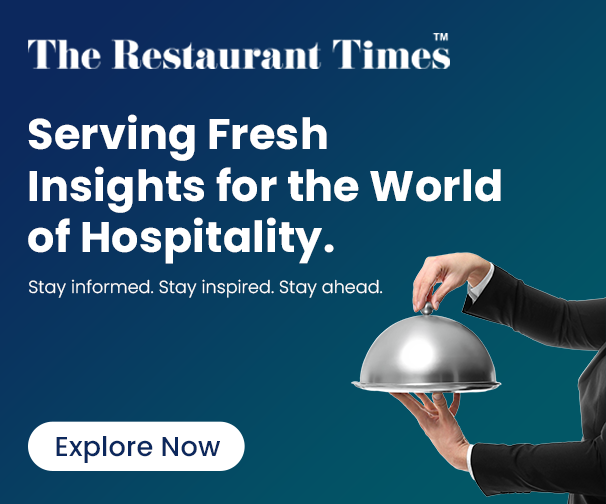Today, restaurants don’t just sell food. They sell value, speed, and experience. And nothing checks all three boxes quite like the restaurant food combo offers.
Whether it’s a burger with fries and a drink or a curated chef’s trio served at a discounted price, the combo meal is a marketing weapon disguised as lunch. It increases average purchase value, simplifies the ordering process, and turns occasional visitors into regulars. With the right strategy, it can quietly do what deep discounts and flashy promotions often can’t, i.e., drive profitable growth.
This guide unpacks exactly how to create, price, and promote food combo offers that not only boost sales, but also align with your brand, margins, and customer expectations. Let’s get into it.
Why Combo Meals Work: The Psychology Behind the Plate
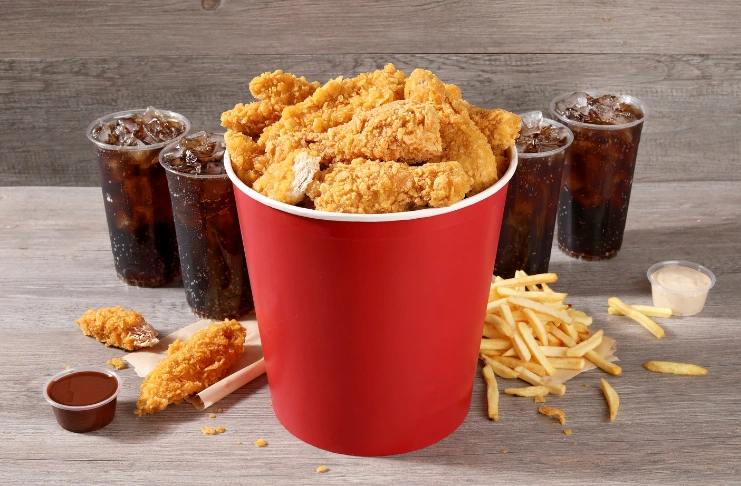
Combo meals aren’t just convenient; they lean on cognitive biases, convenience, and anchored pricing strategies to drive sales. Here’s why they’re a go-to tool for smart restaurant owners:
Perceived Value > Itemized Cost
Most customers can’t (and don’t) mentally calculate the individual menu items’ value when faced with a bundled combo deal. If they feel they’re getting a complete meal at a discounted price, they’re sold.
Example: A combo priced at ₹299 (burger + fries + soft drink) feels like a steal, even if the actual savings maybe ₹20. The psychology? Anchoring. The value of ₹299 is mentally compared to the higher total of individual items, not the actual worth.
Reduced Decision Fatigue
Too much choice on a cluttered restaurant menu leads to friction. Combo offerings simplify the ordering process by offering curated sets. It’s decision automation, and customers welcome it, especially during peak hours.
INDUSTRY INSIGHT
| The strategic relevance of combo meals is rising across the food and beverage industry, driven by consumer demand for simplicity and value. In mid-2024, McDonald’s introduced a $5 Meal Deal featuring a McDouble or McChicken, small fries, four-piece McNuggets, and a drink. The offer was initially slated for a short run but was extended due to overwhelming demand. Similarly, Burger King’s $5 Your Way Meal—anchored by a Whopper Jr. or Chicken Jr. with nuggets, fries, and a drink—saw such traction that remained active through the end of Q3. Takeaway? In environments where consumers crave speed and clarity, simplified menu offerings perform best. Combo deals give customers what they want quickly, without asking them to think too hard about it. |
Built-in Upsell That Doesn’t Feel Like One
A key reason combo meals increase sales is that they eliminate the need for a hard upsell. You’re not asking the guest whether to add fries; they’re already part of the bundle. The combo reframes optional extras as standard parts of the meal.
Operational Efficiency
When you’re pushing 100+ tickets an hour, consistency matters. Combination meals allow for:
- Predictable portion sizes
- Streamlined prep across kitchen stations
- Fewer ingredient substitutions or modifications
- Lower waste through inventory control
These gains translate into faster service, better cost management, and increased business scalability.
Strategic Combo Structures: What to Bundle & Why
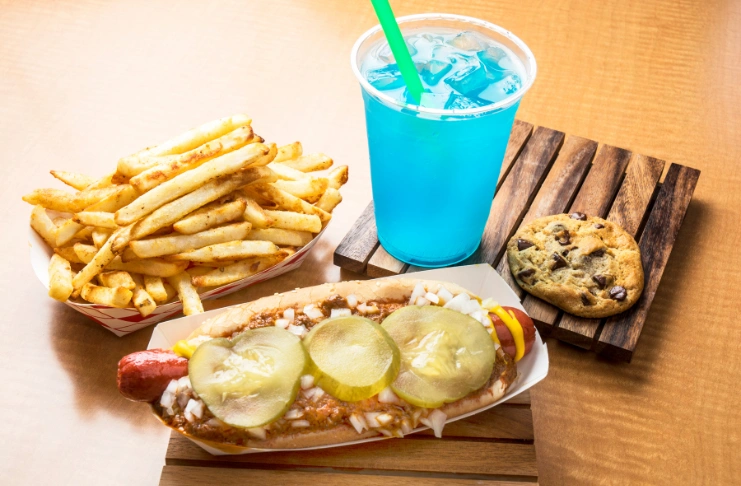
The architecture of a combo is specially engineered for margin, guest satisfaction, and speed. Here are the five most effective combo structures dominating the food and beverage industry today.
Main + Side + Drink (The Gold Standard)
This is the classic fast-food combo: the formula nearly every QSR chain uses to boost sales. One protein-based main dish, one filler (typically carb-heavy), and one beverage, usually high-margin soda or coffee.
Example:
- Main dish: Chicken sandwich
- Side dish: French fries
- Drink: Soft drink
Why it works:
- Hits all food groups: protein, carb, beverage
- Satisfies the psychological completeness of a full meal
- Drives drink sales, which often have 50 %+ gross profit margins
Tiered Combo Levels (Maximize Upsell Potential)
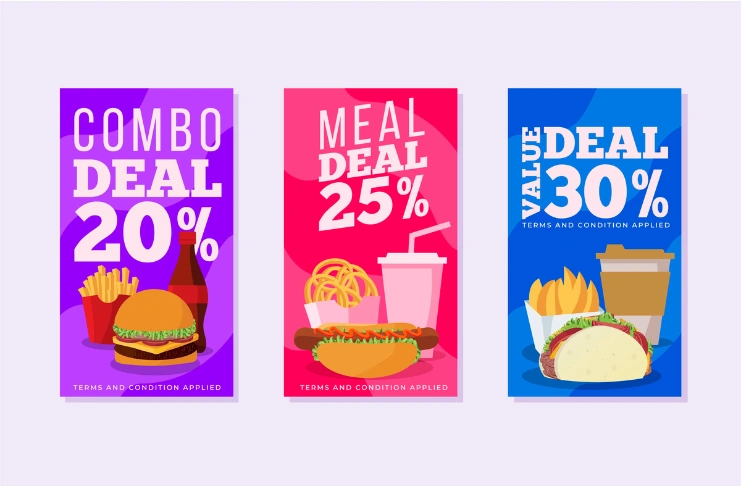
Rather than one fixed bundle, offer ascending combo offerings, each with more menu items and value. Think bronze, silver, and gold levels.
Example:
- Basic: Pizza slice + drink
- Regular: Pizza slice + fries + drink
- Premium: Pizza slice + fries + drink + brownie
Why it works:
- Gives budget-sensitive customers a lower entry point
- Encourages natural upsell with minimal friction
- Increases perceived control over value choices
This is a powerful way to adapt to different spending behaviors without redesigning the core menu.
Daypart Combos (Time-Based Optimization)
Combo deals aligned to breakfast, lunch, or dinner let you optimize ingredients, pricing, and prep flow by time of day.
Example:
- Breakfast: Egg wrap + coffee + muffin (₹149)
- Lunch: Grilled cheese + salad + soda (₹199)
- Dinner: Chicken rice bowl + iced tea + cookie (₹249)
Why it works:
- Capitalizes on specific consumption needs (e.g., caffeine for breakfast, sugar cravings after dinner)
- Helps balance kitchen load and shift prep
Limited-time breakfast combos have been shown to grow morning ticket volume by up to 25% in cafes and QSRs. For example, in June 2024, Starbucks rolled out $5–$6 breakfast combo deals (coffee + croissant or sandwich) across U.S. stores to counter a 7% drop in transaction volumes and a 3% fall in comparable U.S. sales earlier that year.
These morning-focused bundles are available all day but strategically framed around the breakfast daypart to enhance perceived value, drive footfall, and streamline prep during rush hours.
Occasion-driven or Themed Combos
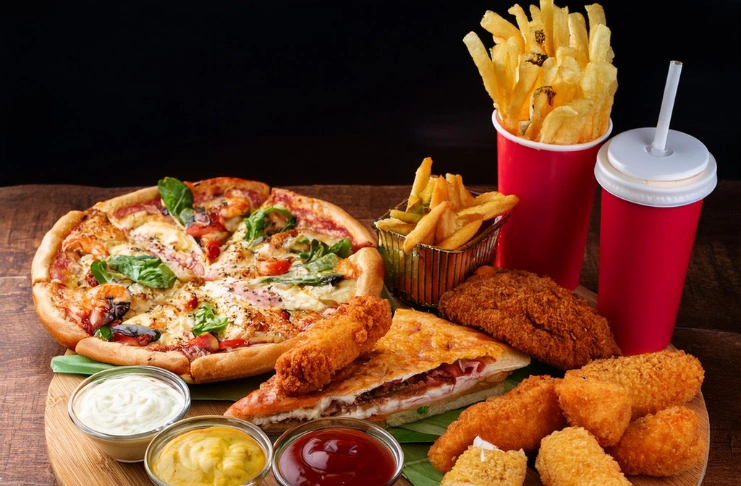
Create seasonal, event-based, or cultural food combo offers that tie into holidays, regional flavors, or social trends.
Example:
- Valentine’s Combo: 2 pastas + 2 mocktails + 1 dessert
- “Sizzling Summer” Combo: Spicy wrap + lemonade + jalapeño chips
Why it works:
- Feels exclusive, creating urgency (time limit)
- Excellent for social media campaigns
- Encourages exploration of lesser-known menu items
This format also lets you spotlight new dishes or test ingredients before a full-scale menu rollout.
Shareable Combos for Groups
Bundle multiple meals and drinks for families or office groups at a single price. For example:
- 2 burgers + 2 fries + 2 drinks + 1 dessert (₹499)
- Family Pizza Box: 1 large pizza + garlic bread + 1.5L soda + dessert
Why it works:
- Attracts new customers looking for value at scale
- Reduces friction in the group ordering process
- Drives higher-ticket sales without needing separate upsells
Psychological Pricing Techniques for Restaurant Combos
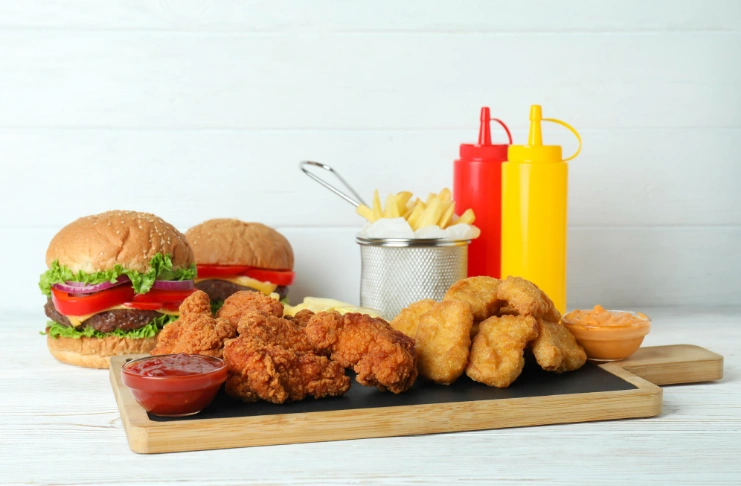
Psychological pricing techniques leverage human cognitive biases to influence purchasing decisions. When applied to restaurant combo offerings, these strategies can significantly impact customer behavior and boost sales. Here’s how:
Price Anchoring
Price anchoring is a powerful tactic where you display the price of individual items alongside the combo price, allowing customers to compare the two and see the value of the deal.
For example, show “Burger $8.99 + Fries $3.99 + Drink $2.99 = $15.97” with a strikethrough, followed by “Combo Price: $12.99 (Save $2.98)”.
This will create a reference point that makes the combo appear as a better value, even if customers hadn’t initially planned to purchase all items.
The anchoring effect is particularly powerful when the savings are framed both in dollar amounts and percentages, giving customers two different ways to appreciate the value proposition.
Decoy Pricing
Decoy pricing introduces a strategically priced option that makes another option look more attractive by comparison. You can create a slightly smaller combo at a price point that makes the standard combo seem like a much better value, and position the “target” combo between lower and higher-priced options on your menu.
For instance, offer a “Small Combo” (burger + small fries) for $11.49 and a “Regular Combo” (burger + regular fries + drink) for $12.99, making the Regular Combo seem like an obvious choice despite the higher absolute price.
Such presence of the decoy shifts perception of value, making customers more likely to choose the option you want them to select. This works because humans make decisions based on relative comparisons rather than absolute value, and the strategic placement of options leverages this tendency effectively.
Charm Pricing
Charm pricing uses prices ending in 9, 99, or 95 to create a perception of value.
Price combos at $X.99 instead of rounding up, and for premium options, consider using .95 endings, which can be perceived as slightly more upscale than .99 while still maintaining the psychological benefit.
For example, price a combo at $14.99 rather than $15.00. Customers tend to process prices from left to right, so $14.99 is cognitively processed more as “14 dollars and some cents” rather than “almost 15 dollars.”
Research shows this can increase sales by up to 24% compared to round-number pricing, making it one of the most consistently effective pricing techniques across different restaurant categories.
Bundle Framing
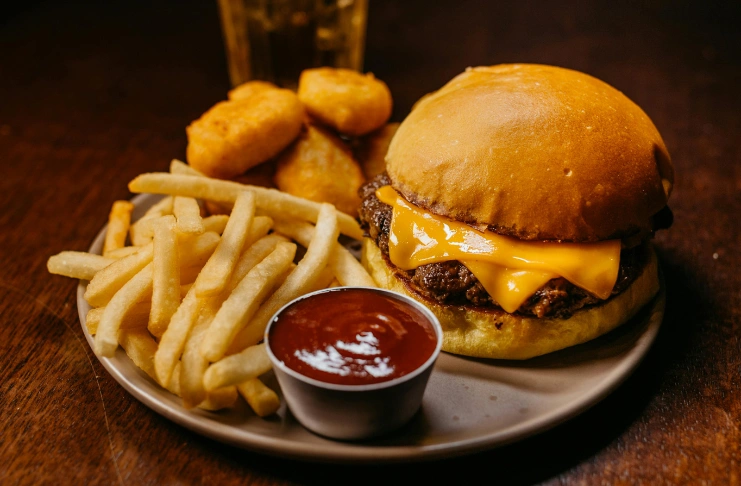
How you frame the bundle significantly affects perceived value beyond the actual price point. Frame combos as “getting something free” rather than just saving money by using language like “Burger + Fries + FREE Drink” instead of just listing the discounted price.
Emphasize the most appealing or highest-perceived-value item in the bundle when possible. Instead of “Combo for $12.99,” say “Order a Burger and Fries, Get a FREE Drink ($2.99 value)”.
The word “free” is exceptionally powerful in marketing psychology. Even when the total price is identical, customers report higher satisfaction and perceive greater value when something is framed as free rather than discounted, making this framing technique particularly effective for driving combo selection.
Prestige Pricing
For higher-end restaurants, prestige pricing uses whole-number, clean pricing to signal quality instead of discounting.
Use round numbers ($15 instead of $14.99), and for premium combos, consider slightly unusual pricing like $18 or $22 that doesn’t follow typical pricing conventions. Pair these prices with quality-signaling language like “Chef’s Selection” or “Premium Pairing” to reinforce the premium positioning.
For example, market an “Executive Lunch Combo – $22” rather than “$21.99”. Round numbers and slightly higher pricing can signal quality and exclusivity to customers.
Studies show that in ambiguous quality situations, customers sometimes use higher prices as a quality proxy, making this technique especially valuable for restaurants positioning themselves in the premium segment.
Choice Architecture
The structure and presentation of choices influence customer decisions beyond the individual pricing of each option. Limit options to prevent choice paralysis by offering only 3-5 combo options maximum.
Position your highest-margin combo in the middle of the list where it naturally draws attention, and use visual hierarchy to highlight recommended combos through color, boxing, or slightly larger font sizes.
For example, place your highest-margin “Value Combo” in the center of a three-combo menu, slightly larger than the others, or in a highlighted box.
The paradox of choice shows that too many options can overwhelm customers and reduce purchases. Strategic positioning leverages the tendency for customers to choose middle options, perceived as a safe compromise between extremes, essentially guiding them toward your preferred selection.
Time-Limited Framing
Creating a sense of scarcity or urgency drives faster decisions and can boost combo take rates significantly. Use clearly marked limited-time offers with specific end dates rather than vague “limited time” language.
Implement countdown messaging for very short promotions and develop seasonal or special event combo names that inherently suggest limited availability to customers. An effective example would be a “Summer Grill Combo – Available only until September 1st” promotion.
Scarcity increases perceived value and creates FOMO (fear of missing out) among customers. When diners believe they might lose access to a deal, they’re more likely to purchase now rather than defer the decision, making time-limited framing particularly effective for driving immediate sales of featured combo items.
Common Mistakes to Avoid with Restaurant Food Combo Offers
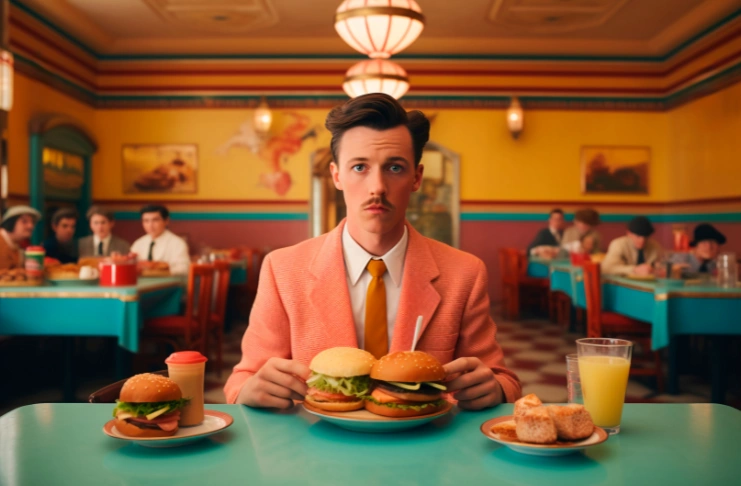
Even the best combo meal strategy can fall flat if the execution is sloppy. Here are the most common pitfalls restaurants make and how to avoid them:
Bundling Unpopular Items to Offload Inventory
Trying to move slow-selling items by forcing them into combos is a short-term fix that hurts long-term credibility. If a customer feels like the combo is a dumping ground for leftovers, you lose trust and potentially repeat business.
What to do instead: Use combos to highlight bestsellers or introduce new items with proven potential. Pair high-margin items with crowd favorites, not dead weight.
Overcomplicating the Offer
A combo shouldn’t require a decoder ring to understand. If customers or staff need to ask too many questions: “Can I swap this?” “Is this available with that?” it’s already too complex.
What to do instead: Keep structures simple and consistent. Limit choices to 1–2 variations. A combo should simplify decision-making, not make it harder.
Pricing That Doesn’t Add Up
Many restaurants unknowingly price combos too low (killing margins) or too high (defeating the value perception). Either misstep leads to a poor take rate and missed upsell opportunities.
What to do instead: Base pricing on real-time food cost data. Run margin simulations before launching a combo. Your combo should feel like a deal, but still protect profitability.
Not Training Staff to Sell Combos
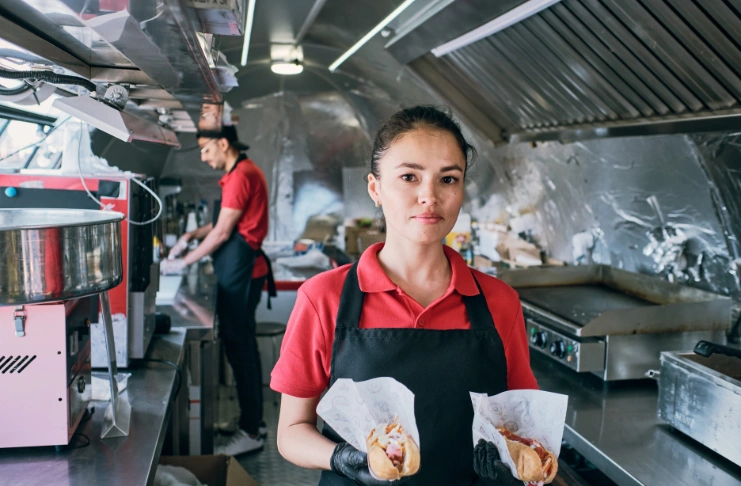
Even a perfect combo structure will underperform if staff aren’t on board. If frontline employees don’t understand the offer or don’t believe in its value, they won’t recommend it.
What to do instead: Train staff on combo benefits, pricing psychology, and how to position it as a no-brainer. Incentivize upsells where appropriate.
Ignoring Seasonality and Trends
What works in summer won’t always work in winter. Ignoring seasonal cravings, local events, or dietary trends can make your combo feel out of sync with customer demand.
What to do instead: Rotate offers quarterly. Keep a pulse on what’s trending (e.g., plant-based, high-protein, holiday flavors) and incorporate those into themed or time-bound combos.
No Clear Visual or Menu Positioning
If your combo meal is buried in fine print or tucked into the bottom of a menu, it won’t sell, even if it’s a great value. Visibility is half the battle.
What to do instead: Position combos prominently in your menu layout, ideally above the fold or in a dedicated “Combo Deals” section. Use bold visuals, price contrasts, and labels like “Best Value” to draw attention.
Conclusion
Restaurant food combo offers aren’t just a pricing tactic but a strategic lever for boosting sales, enhancing perceived value, and simplifying operations. When done right, it’s a win-win for both customers and your bottom line.
Frequently Asked Questions
1. What is the best food combo?
The best food combo depends on your cuisine and audience. However, a classic trio (main dish, side dish, and a drink) consistently performs well across fast food restaurants and casual dining formats.
2. How to make combo offers?
Start with commonly ordered items, pair them based on portion sizes and profit margins, and price the bundle slightly lower than the total of individual menu items. Test, track, and refine.
3. What menu offers each food item prices and served separately?
That’s an à la carte menu. Each item is listed and priced individually, giving customers full control over their meal composition.
4. What fast food restaurants have $5 meal deals?
McDonald’s, Burger King, Wendy’s, and Taco Bell currently offer $5 meal deals that bundle items like burgers, fries, nuggets, and drinks into combo offerings.
5. What are the advantages of restaurant food?
Restaurant food offers convenience, variety, and professionally prepared meals. In combos, it also adds value through simplified ordering and cost savings.
6. What does “combo” mean in restaurants?
A combo is a curated meal bundle, usually a main, side, and drink, offered at a lower price than purchasing each item separately.
7. Why are fast food combos so expensive?
Inflation, ingredient costs, and labor contribute. However, combo meals still offer relative value compared to ordering individual items, especially when portion sizes and drink refills are factored in.
8. What is complementary food in restaurant?
Complementary food refers to side dishes or flavors that enhance the main dish, like chips with salsa or coffee with dessert.
9. What is the most profitable food item to sell?
High-margin items like soft drinks, coffee, fries, and desserts are often the most profitable, and they pair well with combo meals.
10. How to create food combos?
Use data to identify popular menu items and combine them based on consumption patterns, cost-efficiency, and dietary preferences. Structure combos around value, not just inventory clearance.
11. What fast food makes the most sales?
McDonald’s leads globally in sales, thanks in part to its consistent combo meal strategy and wide-scale promotions across various channels.
12. How to increase fresh food sales?
Introduce limited-time combo offerings with fresh ingredients, promote them via social media, and emphasize health or seasonal benefits to appeal to health-conscious customers.
13. How do combo meals work?
Combo meals work by bundling food and beverage items into a single offering at a discounted price, making it easier for customers to choose and increasing restaurant ticket size.
14. How to do menu planning for restaurants?
Menu planning involves analyzing item popularity, cost, prep time, and customer demand. Include combo deals strategically to drive upsells and manage kitchen flow.
15. What is considered a combo meal?
A combo meal typically includes a main dish, a side, and a drink, bundled together and priced lower than the sum of individual items.


